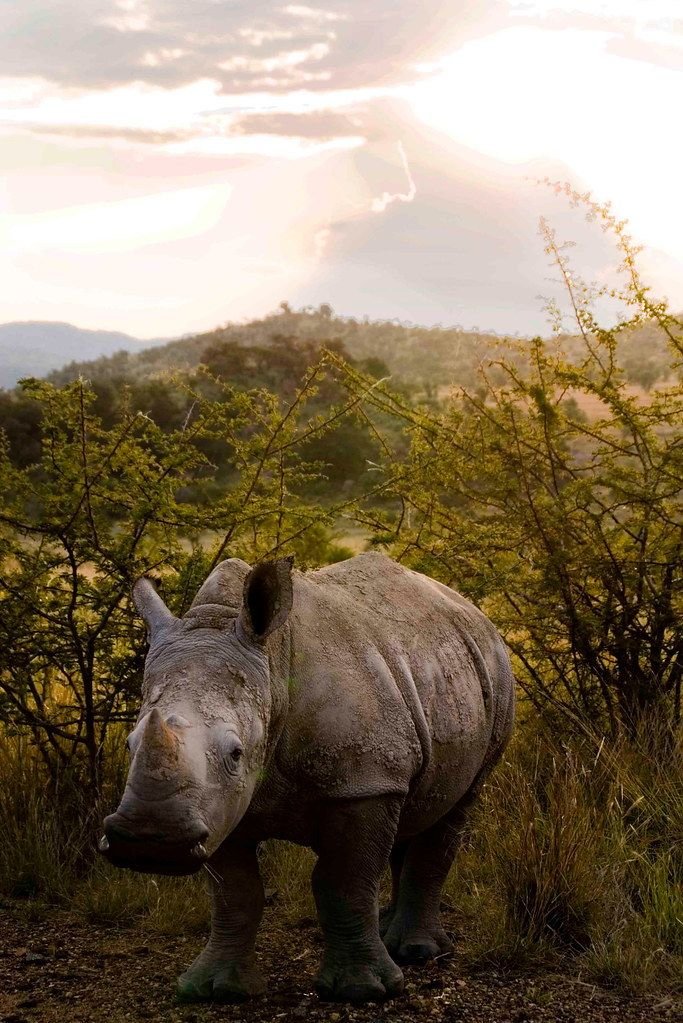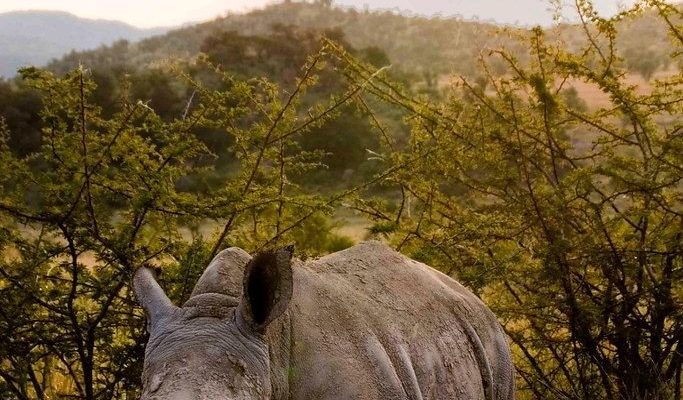
Rhinos aren’t just big, lumbering giants. They’re essential players in their environments. Think of them as nature’s heavyweights, moving through grasslands and forests, leaving a lasting impact wherever they roam. Have you ever thought about how one animal can change an entire ecosystem? Let’s explore the fascinating world of rhinos and their crucial role in keeping ecological balance.
Types of Rhinoceroses
There are five existing species of rhinoceroses, each unique and important. Understanding these species can help us appreciate their specific roles in the ecosystem.
- White Rhinoceros: The largest of all rhino species, they are known for their square lips, which are perfect for grazing on grass.
- Black Rhinoceros: Smaller than the white rhino, they have hooked lips, allowing them to nibble on shrubs and trees.
- Indian Rhinoceros: Recognizable by their single horn and gray, wrinkled skin, they often live in grasslands and forests.
- Sumatran Rhinoceros: The smallest species, they have two horns and a shaggy coat, thriving in dense jungles.
- Javan Rhinoceros: Critically endangered, they have a single horn and mostly inhabit jungles, making them elusive and rare.
Each of these species plays a slightly different role in their respective habitats, but all contribute to their ecosystems in significant ways.
Grazers and Browsers: Rhinos and Vegetation
Rhinos are primarily grazers or browsers. This means they feed on a variety of plants, from grasses to shrubs and trees. Their eating habits have a remarkable impact on plant life.
As grazers, particularly the white rhino, they help maintain the health of grasslands. By munching on grass, they prevent overgrowth, allowing sunlight to reach smaller plants and promoting biodiversity. This is crucial for other animals that depend on healthy, open landscapes for food and shelter.
On the other hand, black rhinos serve as browsers. Their hooked lips allow them to feed on tough vegetation, such as shrubs and leaves. By doing this, they shape the structure of the plant community. Without them, some plants might overtake the habitat, leading to a decrease in the diversity of flora and fauna.
Here’s the thing: when rhinos eat, they’re not just filling their bellies—they’re also acting as natural gardeners. They help grow healthier ecosystems, which benefits many other animals and plants.
Seed Dispersers: Rhinos and Plant Life
One of the coolest things about rhinos is their role as seed dispersers. When they eat fruits and other plant materials, they often don’t digest the seeds. These seeds then pass through their intestines and are dispersed in their dung, which acts as a nutrient-rich fertilizer.
This process is vital for the growth of many plant species. Some plants have even evolved to rely on rhinos for their reproduction. For instance, the seeds of certain fruits may only germinate after passing through a rhino’s digestive system. Without rhinos, these plants may struggle to propagate.
Imagine a world without rhinos—some plants might disappear entirely, disrupting the food chain for various herbivores and, eventually, carnivores. This illustrates how interconnected our ecosystems are and why preserving rhinos is essential.
Creating Habitats: Rhinos and Landscape Change
Rhinos are often referred to as ecosystem engineers. Their movements and feeding habits can alter the landscape in significant ways. By trampling down thick vegetation, they create clearings that allow new plant species to thrive. This also enables various smaller animals to flourish.
For example, when rhinos move through a forest, they can create paths that other animals use. These paths help maintain access to food and water sources, which is vital for survival. Additionally, the clearings they create can serve as habitats for different species, from insects to birds.
Ultimately, rhinos help create a more diverse and vibrant ecosystem. When we lose these incredible animals, we risk losing the variety of life that depends on their presence.
Rhinos and Their Impact on Other Wildlife
The presence of rhinos positively influences numerous other species. Their grazing habits help manage herbivore populations by providing a balanced food supply. This balance is vital for preventing any one species from overwhelming the ecosystem.
For example, when rhinos graze in a specific area, they create space for other herbivores, like antelopes or zebras, to thrive. In turn, these animals attract predators, which further enriches the food web. It’s a domino effect: the health of one species can impact many others.
Moreover, their dung provides a habitat for various insects, which are crucial for pollination. Think about it—without vibrant insect life, we’d see a decline in blooming plants, affecting everything from the smallest creatures to large mammals.
Here’s a fun fact: rhino dung can actually be home to over 40 different species of beetles! This kind of biodiversity shows just how interconnected life is and emphasizes why each species, including rhinos, is so important.
The Threats Facing Rhinoceroses
Despite their essential roles, rhinos are facing significant threats. The biggest danger comes from poaching, driven mainly by the demand for rhino horns. Unfortunately, some people believe these horns have medicinal properties or status symbols, leading to illegal hunting.
Habitat loss also poses a severe challenge. As human populations grow, more land is developed for agriculture and urbanization, pushing rhinos further into shrinking habitats. This can lead to increased competition for resources and reduced genetic diversity.
Conservation efforts are underway to protect these magnificent animals. Many organizations are working to combat poaching and preserve habitats. This involves creating protected areas, enforcing anti-poaching laws, and raising awareness about the importance of rhinos in their ecosystems.
You might be wondering what you can do. Supporting conservation organizations and spreading awareness can help make a difference. Every little bit counts in the fight to save these incredible creatures.
The rhino’s role in its ecosystem is profound and multifaceted. From shaping landscapes to dispersing seeds and affecting other wildlife, they are integral to maintaining the health of their environments. Losing rhinos would mean losing a piece of our natural world—a cascading effect that can disrupt entire ecosystems.
So, the next time you hear about rhinos, think about their contribution beyond their horns and size. They are guardians of biodiversity, helping maintain the delicate balance of life on Earth. By supporting conservation efforts and educating ourselves about these animals, we can help ensure their survival for generations to come. Together, we can protect these magnificent creatures and the ecosystems they sustain.

